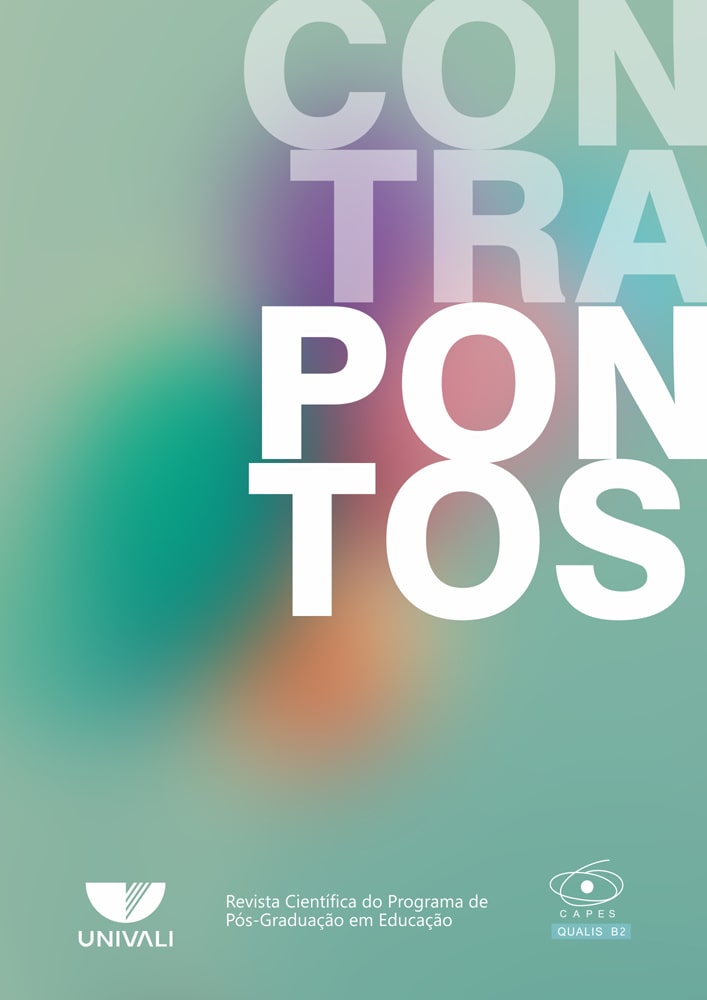TRAINING STRATEGIES FOR PROFESSIONAL DEVELOPMENT: ANALYSIS OF A CONTINUING EDUCATION PROJECT FOR PHYSICAL EDUCATION TEACHERS
DOI:
https://doi.org/10.14210/contrapontos.v19n1.p185-203Keywords:
Training strategies, Physical education, Professional development of teachersAbstract
This text discusses the professional development of Physical Education teachers, taking as its reference a Doctorate dissertation in Education that investigates how training strategies structure the professional development of Physical Education teachers who took part in a training project that was run in partnership between the Universidade Federal do Paraná (UFPR) and the Municipal Secretariat for Education (SME) of Curitiba. The methodological procedures involved document analysis and interviews with Physical Education teachers of the Municipal Education Network of Curitiba who took part in the project. The data were submitted to interpretative analysis, based on Charlot’s notion of the relationship to knowledge. This analysis showed that the training strategies promoted epistemic and identity relations with knowledge/learning, which were reflected in the teachers’ learning and professional development. The meaning given to the process of continuing education, and the situations experienced in it, through the training strategies, prompted in the teachers a desire to learn; and it is through learning that professional development occurs. In view of these observations and considerations in professional development, it was seen that the training strategies structured the professional development of the teachers, acting to mobilize knowing/learning.
Downloads
Published
Issue
Section
License
Upon acceptance of an article, the author gives full rights of the work to Contrapontos., but retains the authorship. The published work is considered collaboration. Thus, its author will not get paid nor will s/he be charged by Contrapontos. The responsibility of the article solely goes to the authors. Citations and transcriptions are allowed by mentioning the sources.
Â

This work is licensed under a Creative Commons Attribution 4.0 International License.

